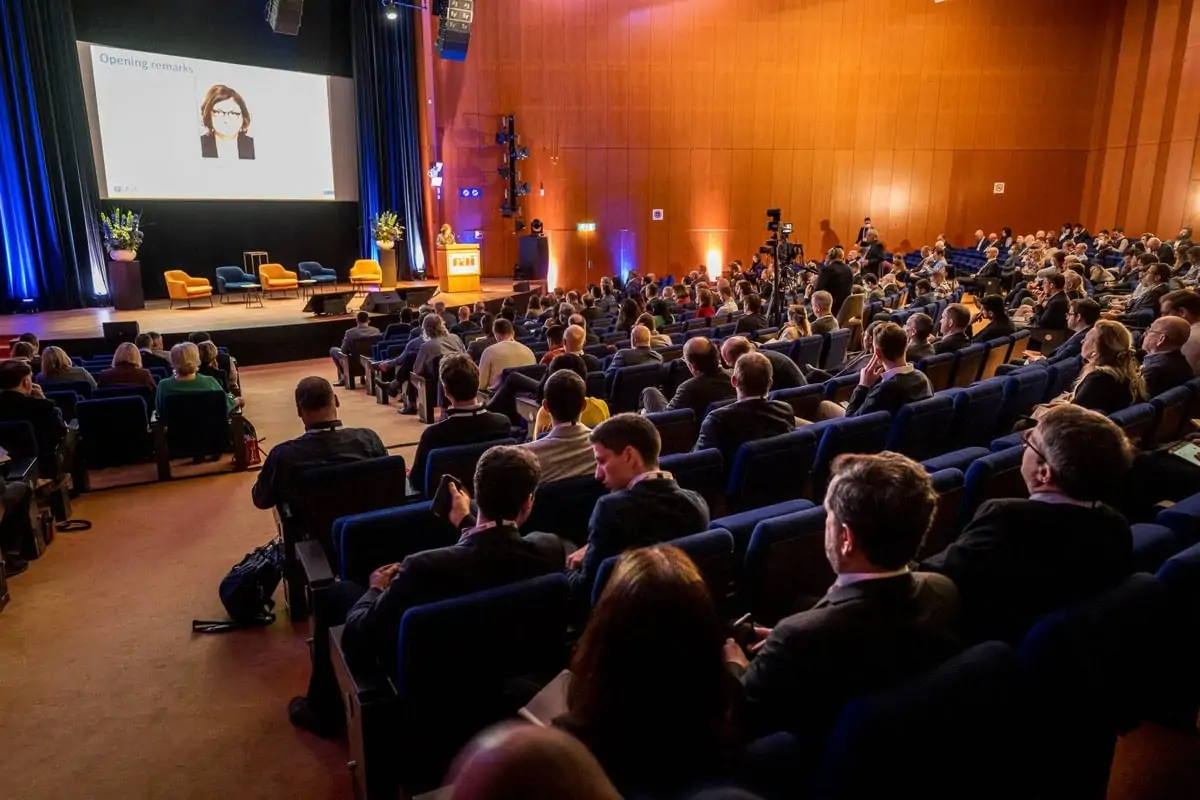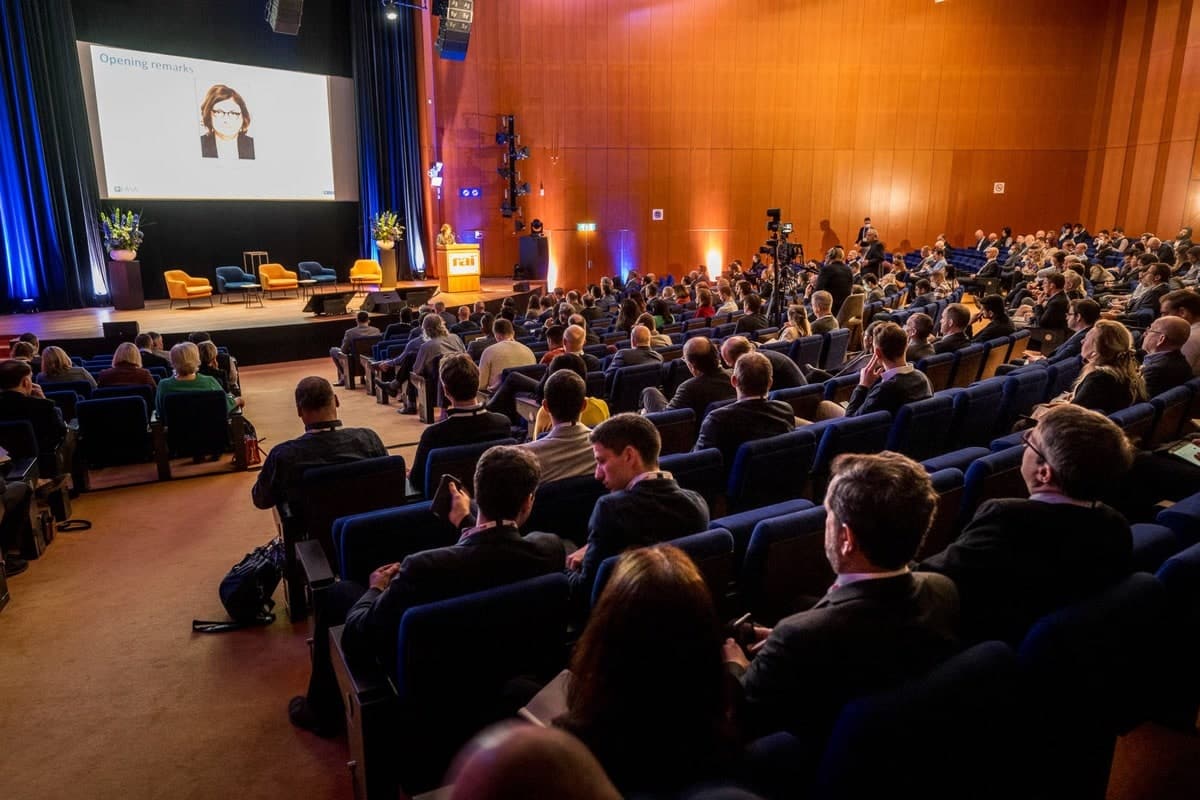
UMILES Group attended the Amsterdam Drone Week (ADW), which was held at the RAI Amsterdam convention center, to learn first-hand about the latest developments in Urban Air Mobility (UAM) and Advanced Air Mobility (AAM).
Patrick Ky, executive director of the European Aviation Safety Agency (EASA), during his presentation at the first conference panel was optimistic that around 93% of people perceive drones positively, and 71% of Europeans are ready to try the services provided by UAM, according to data from a recent EASA survey.
UAM/AAM are presented as the great revolution in the transport of people and goods using eVTOL (electric and vertical take-off and landing) aircraft, a technology that is getting closer and closer, although it is true that some questions arise about how this market value will be created and which technologies will be necessary to create this new mobility scenario, topics that have been discussed at the various ADW conferences.
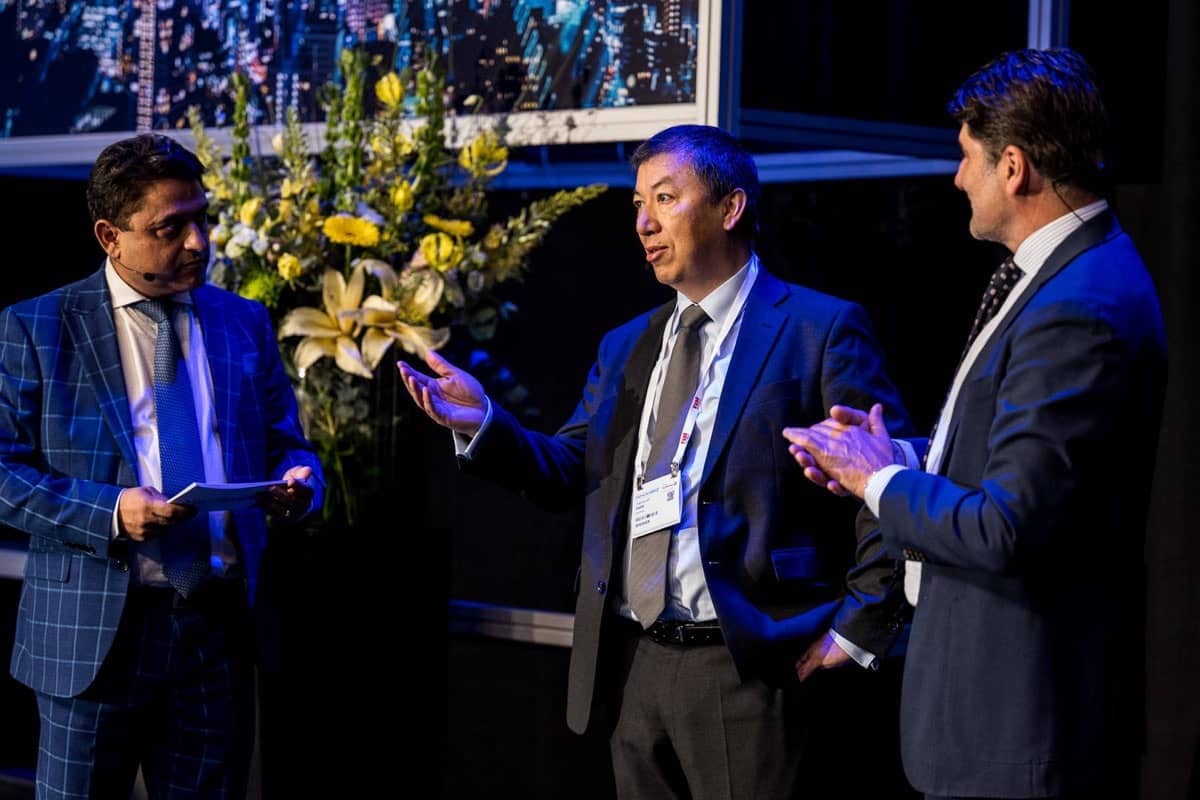
U-space was another of the topics to be discussed because of its importance in supporting safety, efficiency and access to airspace for drones. This system adopts the rules and conditions for the safe integration of drones alongside manned aviation, and will be mandatory in the European Union as of January 26, 2023. María Algar, Drone Programme Manager at EASA, stated that “in Spain, everything that has to do with the implementation of U-space falls for now on the DGAC (for the decision of where to implement the U-space airspace) and on Enaire, which is going to be the first (and maybe the only) Common Information Services Provider (CISP), as well as the first U-space Services Provider (USSP). However, both ENAIRE and the DGAC want this service (USSP) to be open to the market, that is to say that there will be other USSPs besides ENAIRE, but at least there will be one”. In fact, companies such as Unifly and Airbus UTM are deploying their USSP services together with ENAIRE. “What is clear is that Spain will have its implementation of the U-space regulation in time”, concludes María Algar.
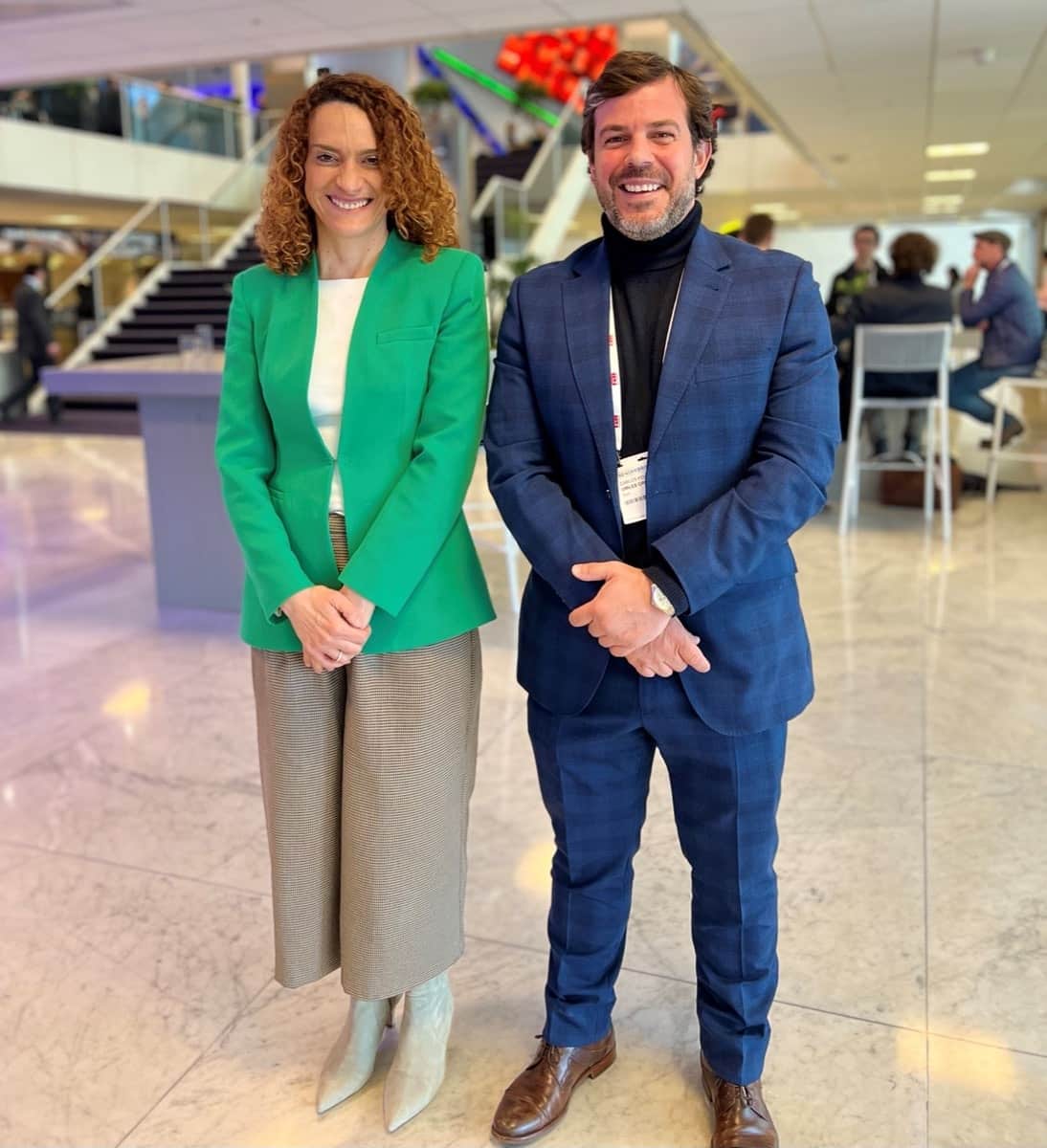
How does Air Mobility work?
Carlos Poveda, CEO of UMILES Group, who was also present at ADW 2022, provides his vision as an aircraft manufacturing company. UMILES Group, through its UMILES Next mobility division, is in contact with administrations, regulators, and operators to understand market needs. “At UMILES Next from the beginning we have maintained a close relationship with AESA, EASA, as well as other international agencies such as the FAA, as it is essential for us to know both the needs and limitations in order to develop and build aircraft that are viable and meet the real needs of the market.”
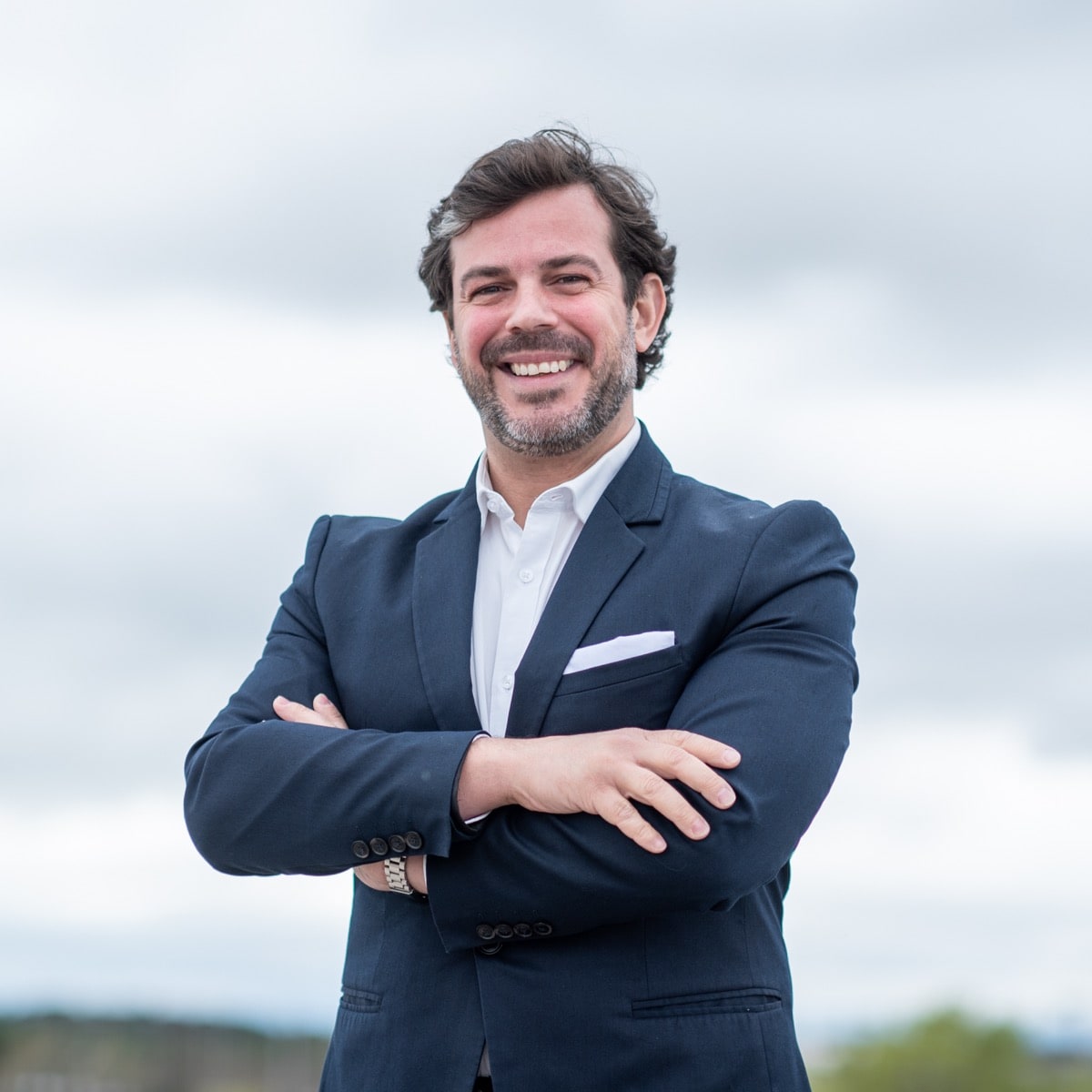
Another aspect to take into account in this new air mobility system is the role of each of the actors. On the one hand, there are the manufacturers of eVTOL aircraft and on the other, the operating companies. UMILES Group is clear about their role. “It is a subject on which we have reflected carefully and finally we position ourselves as a manufacturer since the operator must be our ally and main customer,” stressed Carlos Poveda.
For the development of this technology, it is necessary that public and private entities cooperate with each other to develop the infrastructures that will be part of the landscape of the future, where eVTOL aircraft will operate in the areas enabled for this purpose. These are the so-called vertiports. The question that arises is: how can vertiports be integrated into a city and what challenges do the companies that will develop and operate them face?
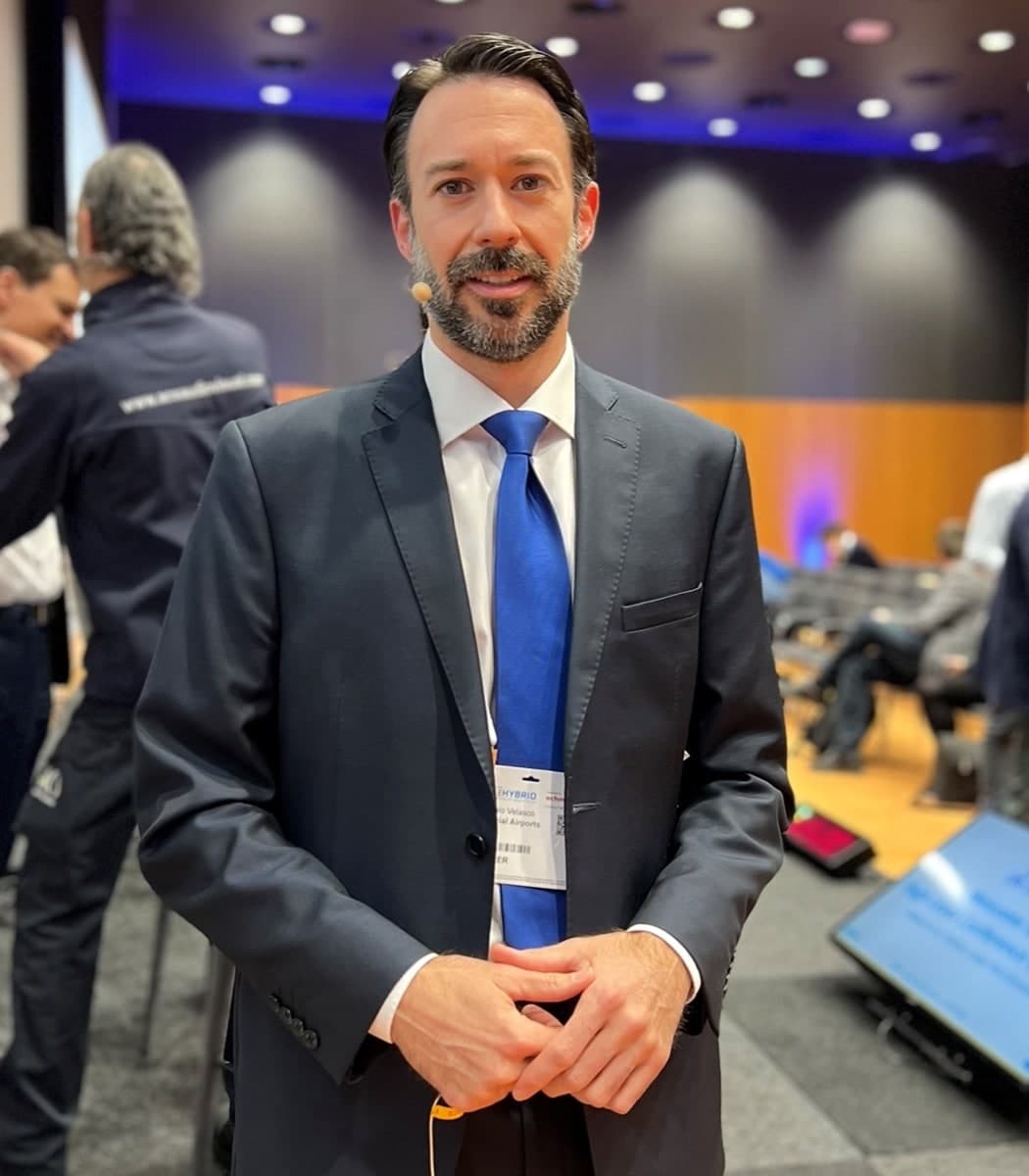
Gonzalo Velasco, Director of Business Planning and Innovation at Ferrovial Airports, who was a speaker at some of the EASA conferences at ADW 2022, says that “the biggest challenge in developing vertiports is finding the right location”. In this search for the optimal location of the landfill, other factors influence, such as the “availability of land, airspace compatibility, connectivity with other means of transport, electrical connection, etc.”. Other challenges faced by Ferrovial when developing airports are aspects related to “the lack of a specific regulation for airports, the fast-charging infrastructure for eVTOLs or the dragging of these aircrafts on airfields”. The role of public institutions is going to be a key factor in this development. “It is essential that the entire value chain is supported by public institutions, because it will be useless to develop eVTOLs if they cannot operate from infrastructures that provide an adequate service for potential users.”
As for the time we will have to wait to see these infrastructures built, Gonzalo Velasco assures that “some experimental vertiports are already being developed, but on a temporary basis. Ferrovial Vertiports expects to have the first operational infrastructures in Florida in 2024, and little by little, it expects to develop networks of vertiports in different regions of the US, UK and Europe”.

The Managing Director of Openvia Air, Gema Ferrero, a company working on the development of a network of vertiports, assures that the design of these infrastructures must be adapted to “the mobility needs of both people and cargo, adapting the infrastructure to the different locations and the different use cases”. On the other hand, “the addition of new ports to a city will result in a substantial increase in the routes available to passengers. That is why we are working with different cities and regions on the initial design of the network and its subsequent evolution,” he explains. To achieve its purpose, Openvia Air is working on a model of “agnostic vertiports open to all, in close collaboration with eVTOL and drone manufacturers to define the infrastructure requirements and begin to follow the critical path to enable safe and efficient operations”.
In this new ecosystem, UMILES is participating in real flight scenarios with its air cab in the framework of the European projects TindAIR, AMU-LED and U-space for UAM. “Starting next month, we will begin to carry out real demonstrations in France, the Netherlands, the United Kingdom and different locations in Spain, to verify both the U-space services under constant development and the efficiency of our systems, and to study the safest and most efficient way to integrate these aircraft into the airspace together with other users and actors in the sector,” says UMILES Group CEO Carlos Poveda.
